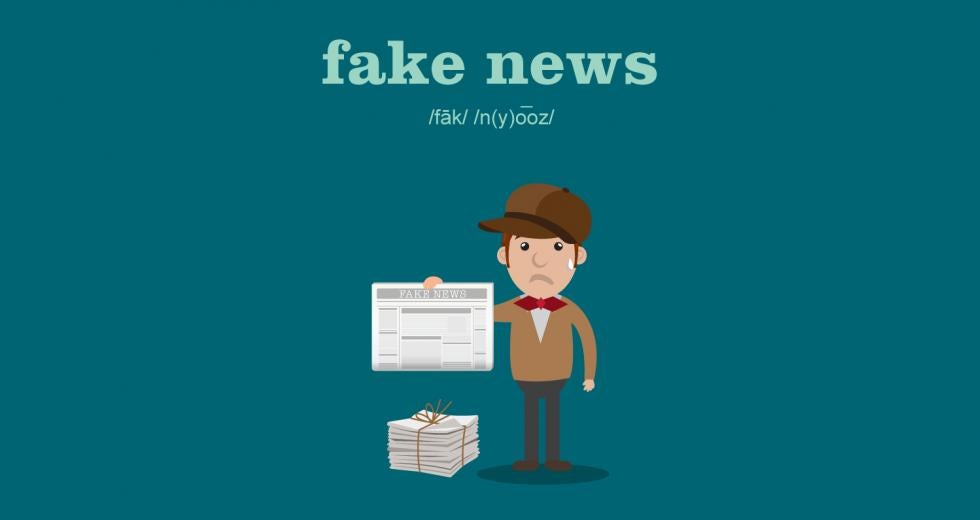Although “fake news” seems to have emerged from today’s political climate, it’s hardly a new concept. Some American newspapers were printing fabricated information back in the 17th century. What’s new is how “fake news” is now used as a weapon to discredit real news with an intent to deceive. It also now has the power to gain traction via social media. As a buzzword, it has taken on such a life of its own that many of us now say it ironically as a punchline in office culture.
The Buzz
“Fake news [refers to] articles, videos, memes, photographs that are factually inaccurate and designed to deceive,” says Sacramento State journalism professor Molly Dugan. From a doctored photo of a shark swimming down a North Carolina highway, to slanderous political reporting, fake news can really run the bogus gamut.
So, which journalistic concepts do not constitute fake news? Honest mistakes like misspellings or wrong dates, strong opinions or biases are all separate. Dugan says the latter tends to cause the most confusion: “Bias isn’t actually factually inaccurate; it’s only telling one part of the story, so it lacks context and can lead people to a faulty conclusion. It’s just not enough fact for us to understand the issue. Fake news is something that is factually inaccurate with the intent to deceive without any basis in any kind of fact. Intent is a big part of it.”
The Word
We’ve always had to wade through a certain amount of false information, but the difference is now it’s particularly easy to spread. Gone are the days when a small number of publications and television stations provided us the news (with trained reporters and fact-checkers working behind the scenes). Now, countless platforms exist where essentially anyone can act as publisher.
Dramatic stories grounded in falsehoods rather than truth tend to attract the most eyeballs and gain the most traction. Dugan cites an alarming 2018 study from MIT Media Lab: “It took truth six times as long to reach people than a falsehood [on Twitter]. Fake news spreads because it’s dramatic — it’s something that people will listen to.”
With phony media outlets becoming more sophisticated with their tactics, what can we do to be more discerning consumers of news and media? Dugan recommends people look at the source: “Have you heard of this source? Go to [fact-checking website], Snopes.com and check it out. If you’ve never heard of the website, Google the story and see if there are any legitimate news sources that are reporting the same thing.”
The educator challenges her own students to look at examples of fake news and real news to fine-tune their judgement and examine their own biases. In this politically polarized climate, being critical is a muscle we’re all challenged to exercise.



